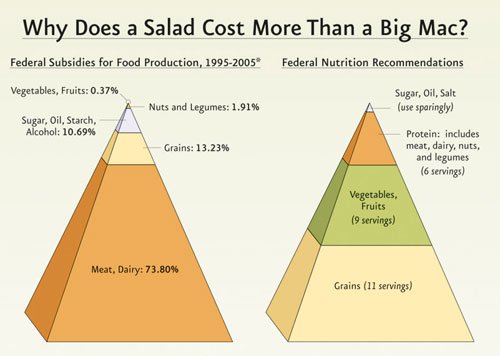Increase Availability of Affordable and Healthy Food
More than 23 million Americans, including 6.5 million children, live in low-income neighborhoods that are more than a mile from a supermarket, according to the "Let's Move" Campaign Web site. With lack of transportation and few options for fresh produce, citizens often resort to fast-food choices that contribute to obesity. President Barack Obama has proposed a new program called the Healthy Food Financing Initiative, which will invest $400 million a year to bring grocery stores and farmer's markets to underserved areas.
Physical Fitness for Children and Adults
Children need 60 minutes of active play every day in order to maintain a healthy weight, reports the Centers for Disease Control. Currently, children are spending an average of 7.5 hours a day in passive activities such as watching television, using computers or digital devices, and playing video games. Playgrounds, parks, walking trails and sidewalks are essential in communities that report lower obesity rates. In Mississippi, organizations such as Bike Walk Mississippi and Safe Routes to School are lobbying the state Legislature and seeking grants for more recreational spaces and routes to school. Access to affordable gyms is also a need for lower-income communities.
It Starts with Schools
More than 31 million children participate in the National School Lunch Program, and approximately 11 million children participate in the National School Breakfast program. The majority of these children consume at least half their daily calories at school. The U.S. Department of Agriculture is currently working with partners in schools to establish higher standards for schools food quality and nutrition education to students through the Healthier U.S. Schools Challenge Program. Over the next year, the department will double the number of schools that participate in the program. Schools can find more information about the program by visiting http://www.fns.usda.gov. The department is also working with major school-food suppliers to decrease the amount of sugar, fat and salt in school meals, increase whole grains and double the amount of produce schools serve within the next 10 years.
Educate Consumers
The Food and Drug Administration is currently doing research and working with food manufactures to adopt new nutritional and consumer-friendly information and front-of-package labels on products. The U.S. Department of Agriculture also offers a menu planner and food pyramid on its Web site to help families plan meals and shopping lists.


